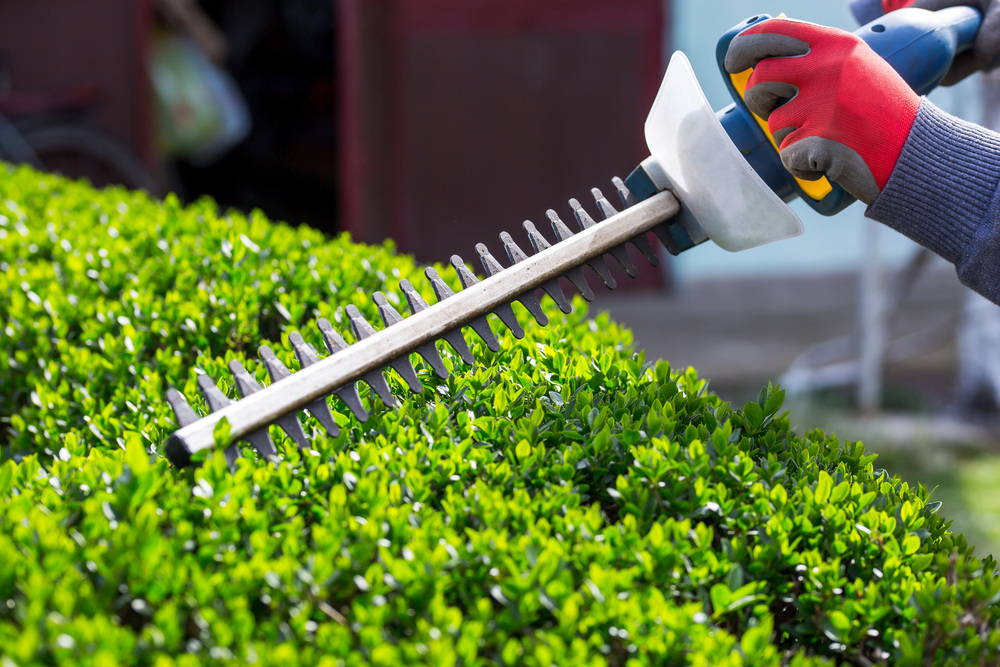Hedge Trimming: Manicured Landscape

Hedges are a quintessential element of a well-manicured landscape, offering structure, privacy, and aesthetic appeal to your outdoor space. To maintain their beauty and functionality, proper hedge trimming is essential. In this article, we will explore hedge trimming techniques that will help you achieve a well-manicured landscape and keep your hedges in top shape.
Timing Matters
The timing of your hedge trimming can significantly impact its health and appearance. Consider the following:
Regular Maintenance: It's generally best to trim your hedges regularly throughout the growing season to encourage dense growth and maintain their shape. Avoid Extreme Heat and Cold: Avoid trimming during extreme heat or cold, as this can stress the plants. Spring and early summer or late summer and early fall are typically ideal times.
Choose the Right Tools
Investing in the right tools is essential for a successful hedge trimming job. Key tools include:
Hedge Trimmers: Electric or gas-powered hedge trimmers are efficient and make the job much easier. Ensure they are sharp for clean cuts. Pruning Shears: For more detailed work or when dealing with smaller branches, a good pair of pruning shears is indispensable. Safety Gear: Always wear appropriate safety gear, including gloves and safety goggles, to protect yourself from thorns and debris.
Know Your Hedge Type
Different hedge species have unique growth patterns and requirements. Familiarize yourself with your specific hedge type and its growth habits to trim it correctly. Some hedges may require formal, tight pruning, while others benefit from a more natural, informal look.
Consider the Shape
When trimming hedges, the shape is paramount for an attractive appearance. Follow these guidelines:
Start with the Bottom: Begin trimming the bottom of the hedge first, using a horizontal cut as a guide. Use a Template: Consider using a template or string as a guide to ensure straight lines and a consistent height. Taper Sides Inward: Trim the sides of the hedge with a slight taper, angling it slightly inward to allow sunlight to reach the lower branches.
Techniques for Different Hedge Shapes
Formal Hedges: For formal hedges, use a template or string as a guide to achieving perfectly straight lines and sharp angles. Informal Hedges: Informal hedges, like privet or boxwood, can have a more relaxed shape. Use hand pruners to selectively remove wayward branches and maintain a natural appearance. Topiaries: For intricate topiary designs, invest in precise hand tools and take your time to shape the hedge to your desired design.
Avoid Over-Trimming
Resist the temptation to over-trim your hedges, as this can lead to stressed plants, bare spots, and uneven growth. It's better to trim gradually and step back to assess your progress regularly.
Cleanup and Maintenance
After trimming, be sure to clean up any debris and dispose of it properly. Regularly maintain your hedge by watering, fertilizing, and addressing any pest or disease issues promptly.
Conclusion - Proper hedge trimming is a fundamental aspect of maintaining a well-manicured landscape. By timing your trims right, using the appropriate tools, understanding your hedge type, and applying the correct techniques, you can achieve beautiful, healthy hedges that enhance the aesthetics and functionality of your outdoor space. So, roll up your sleeves, get your tools ready, and embark on your journey to a perfectly trimmed landscape.